Context:
India’s rank in the World Economic Forum’s Global Gender Gap Report 2025 reflects a widening gender disparity, especially in political and health domains. With a rank of 131st out of 148 countries.
Score: Approximately 64.1–64.4% parity achieved
Change: India slipped 2 positions from last year’s 129th
Economic Participation and Opportunity: India ranks 129th. While there has been an improvement in wage equality for similar work (+0.3 percentage points), the overall gender gap in economic participation remains significant. Wage Equality for Similar Work: Slight improvement Women in Senior Leadership: Rose to 40.7%
Estimated Earned Income Parity: Increased to 29.9% Female Labour Force Participation (FLFP): Stable at 45.9% (India’s highest-ever recorded rate)
Educational Attainment: India ranks 97.1st. This is an area where India has made some progress. Health and Survival: India ranks 147th, indicating a severe gender gap in this area, likely due to factors like sex ratio at birth. Political Empowerment: India ranks 148th, highlighting a significant lack of women’s representation in political spheres. Women’s representation in parliament has fallen from 6.5J India’s Performance
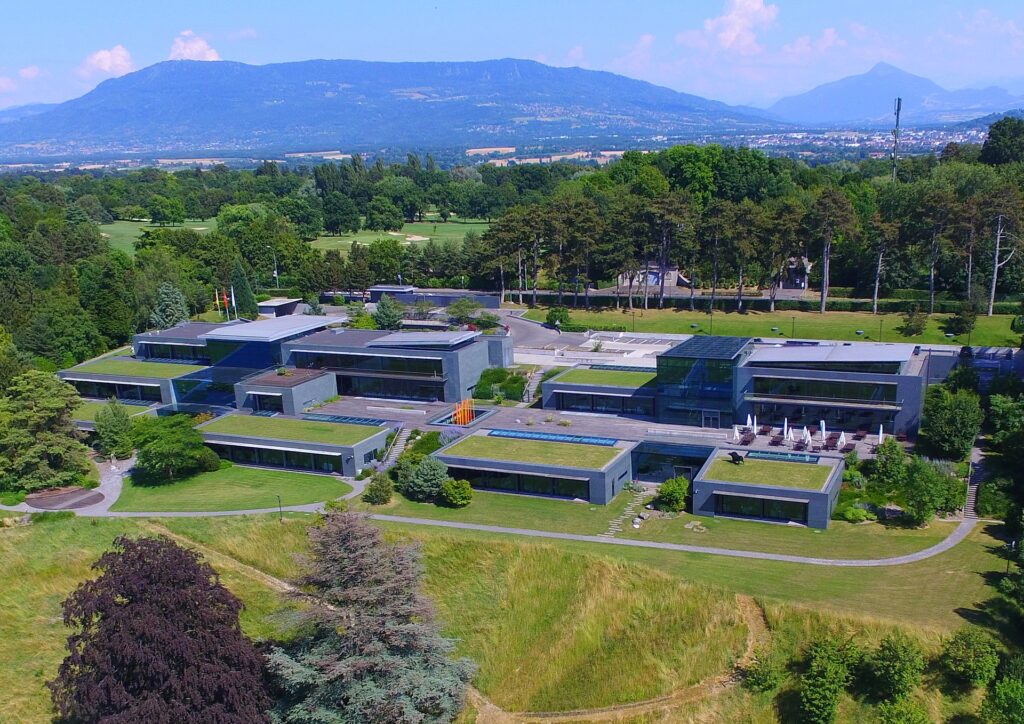
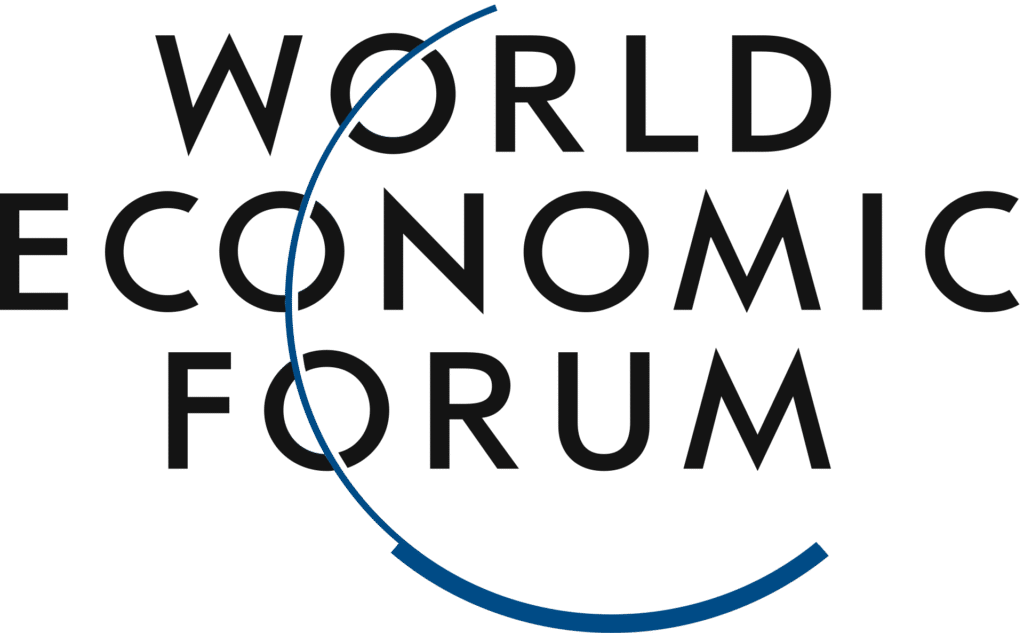
Positives
- Wage equality for similar work improved by 0.3%
- Share of women in senior roles increased to 40.7%
- Income equality improved (now at 28.6%)
Negatives
- Female Labor Force Participation remains low at 45.9%
- Disparities in employment generation and job security for women persist
Comparison with Neighbors:
Bangladesh: Ranks 64th, indicating better gender equality than India.
China: Ranks 106th.
Sri Lanka: Ranks 119th.
Nepal: Ranks 125th.
Pakistan: Ranks 148th (bottom of the list).
Global Highlights
Global Parity Achieved So Far: 68.8%
Projected Time to Achieve Full Global Gender Parity: 123 years
Top-Ranked Nations (2025)
Iceland (1st, most gender equal for 15+ years)
Finland
Norway
New Zealand
Sweden
About World Economic Forum (WEF)
Founded in 1971 by Professor Klaus Schwab, a German-born academic. Headquarters located in Cologny, Geneva Canton, Switzerland. Began as the European Management Forum; rebranded to World Economic Forum in 1987 to reflect a broader global agenda. Serve as a platform for global public-private cooperation. Convene leaders from government, business, academia, and civil society to address global challenges. Promote multi-stakeholder solutions focused on global stability and prosperity. The World Economic Forum’s Gender Gap Index measures gaps in: Economic participation educational attainment Health and survival Political empowerment
Focus areas include:
- Economic stability and growth
- Technology and digital transformation
- Climate change and sustainability
- Social equity, including gender equality agendas.
Key Reports & Initiatives:
- Global Gender Gap Report: Measures gender-based disparities worldwide.
- Global Competitiveness Report: Benchmarks economic performance of countries.
- Global Risk Report: Analyses top global threats (e.g., pandemic, environmental risks).
Gender Equality:
Gender Equality refers to the state in which individuals of all genders have equal rights, responsibilities, and opportunities in all spheres of life, be it economic, political, educational, health, or social. It does not mean men and women become the same, but that their rights, responsibilities, and opportunities are not determined by gender. Ensures equitable access to resources, decision-making power, and participation in public and private spheres. Constitutional and Legal Provisions in India
Article 14: Equality before law
Article 15: Prohibits discrimination on the basis of sex
Article 16: Equal opportunity in public employment
Article 39(d): Equal pay for equal work
Article 42: Just and humane conditions for working women
Maternity Benefit Act, 2017: Enhances maternity leave and crèche facilities
POSH Act, 2013: Prevents sexual harassment at workplace
Labour Force Participation Rate (LFPR)
LFPR is the percentage of the working-age population (typically ages 15–64) that is either employed or actively seeking employment.
India’s Female Labour Force Participation (FLFP):
Current Level (2025): 45.9%
Global Average: ~60%
-
18/11/2025 || Prelims Edge & Mains iMpact
Prelims Edge 18-11-2025 Mains iMpact 18-11-2025
-
17/11/2025 || Prelims Edge & Mains iMpact
Prelims Edge 17-11-2025 Mains iMpact 17-11-2025
-
16/11/2025 || Prelims Edge & Mains iMpact
Prelims Edge 16-11-2025 Mains iMpact 16-11-2025
-
15/11/2025 || Prelims Edge & Mains iMpact
Prelims Edge 15-11-2025 Mains iMpact 15-11-2025
-
14/11/2025 || Prelims Edge & Mains iMpact
Prelims Edge 14-11-2025 Mains iMpact 14-11-2025
-
Threema encrypted messenger in terror probe and official use
Context: The encrypted messaging application Threema has come under scrutiny by Indian investigative agencies following reports that the app was used by terror suspects to coordinate recent attacks, while simultaneously being reportedly used by some government officials…
-
Paris Agreement architecture and India’s Stand.
India’s main message Do not use COP30 to change the architecture of the Paris Agreement. Keep the existing balance among mitigation, adaptation and means of implementation, guided by equity and common but differentiated responsibilities and respective capabilities.
-
Why India is set to scale up its Neodymium production
What is Neodymium? Key Uses of Neodymium India is set to scale up its neodymium production ninefold to 500 tonnes by the end of FY27, as part of an aggressive push to boost self-reliance in rare earth…
-
What is La Nina and its impact on India in 2025.
What is La Nina? La Niña is a climate phenomenon characterized by cooler-than-normal sea surface temperatures in the central and eastern tropical Pacific Ocean and is part of the El Niño-Southern Oscillation (ENSO) cycle. Here are the…
-
Centre Releases Draft Seeds Bill, 2025
Context: The Union Agriculture Ministry released the draft Seeds Bill, 2025, for public consultation, marking the third attempt by the government to replace the decades-old Seeds Act, 1966 and the Seeds (Control) Order, 1983, with a modern…
-
Workplace stress and diabetes epidemic among Indian adults
Context: On World Diabetes Day (November 14), clinicians highlighted the growing link between chronic workplace stress and the rising cases of Type 2 Diabetes Mellitus (T2DM) among younger working-age adults in India, particularly in sectors like tech,…
-
13/11/2025 || Prelims Edge & Mains iMpact
Prelims Edge 13-11-2025 Mains iMpact 13-11-2025
-
12/11/2025 || Prelims Edge & Mains iMpact
Prelims Edge 12-11-2025 Mains iMpact 12-11-2025
-
11/11/2025 || Prelims Edge & Mains iMpact
Prelims Edge 11-11-2025 Mains iMpact 11-11-2025
-
10/11/2025 || Prelims Edge & Mains iMpact
Prelims Edge 10-11-2025 Mains iMpact 10-11-2025
-
09/11/2025 || Prelims Edge & Mains iMpact
Prelims Edge 09-11-2025 Mains iMpact 09-11-2025
-
08/11/2025 || Prelims Edge & Mains iMpact
Prelims Edge 08-11-2025 Mains iMpact 08-11-2025
-
07/11/2025 || Prelims Edge & Mains iMpact
Prelims Edge 07-11-2025 Mains iMpact 07-11-2025
-
06/11/2025 || Prelims Edge & Mains iMpact
Prelims Edge 06-11-2025 Mains iMpact 06-11-2025
-
05/11/2025 || Prelims Edge & Mains iMpact
Prelims Edge 05-11-2025 Mains iMpact 05-11-2025

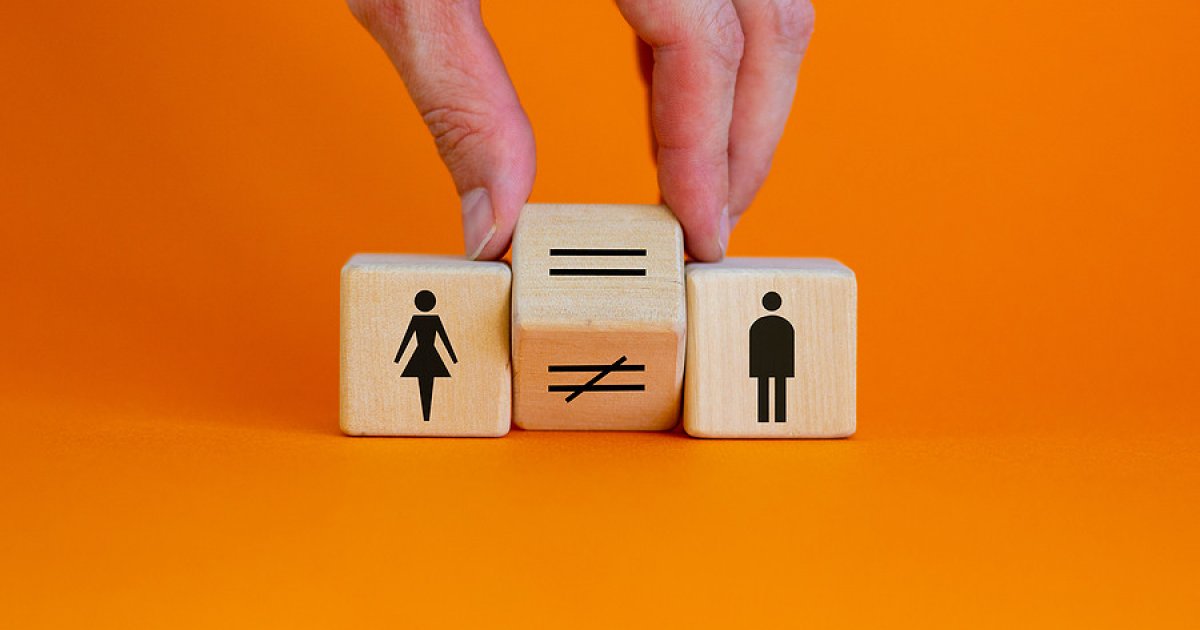


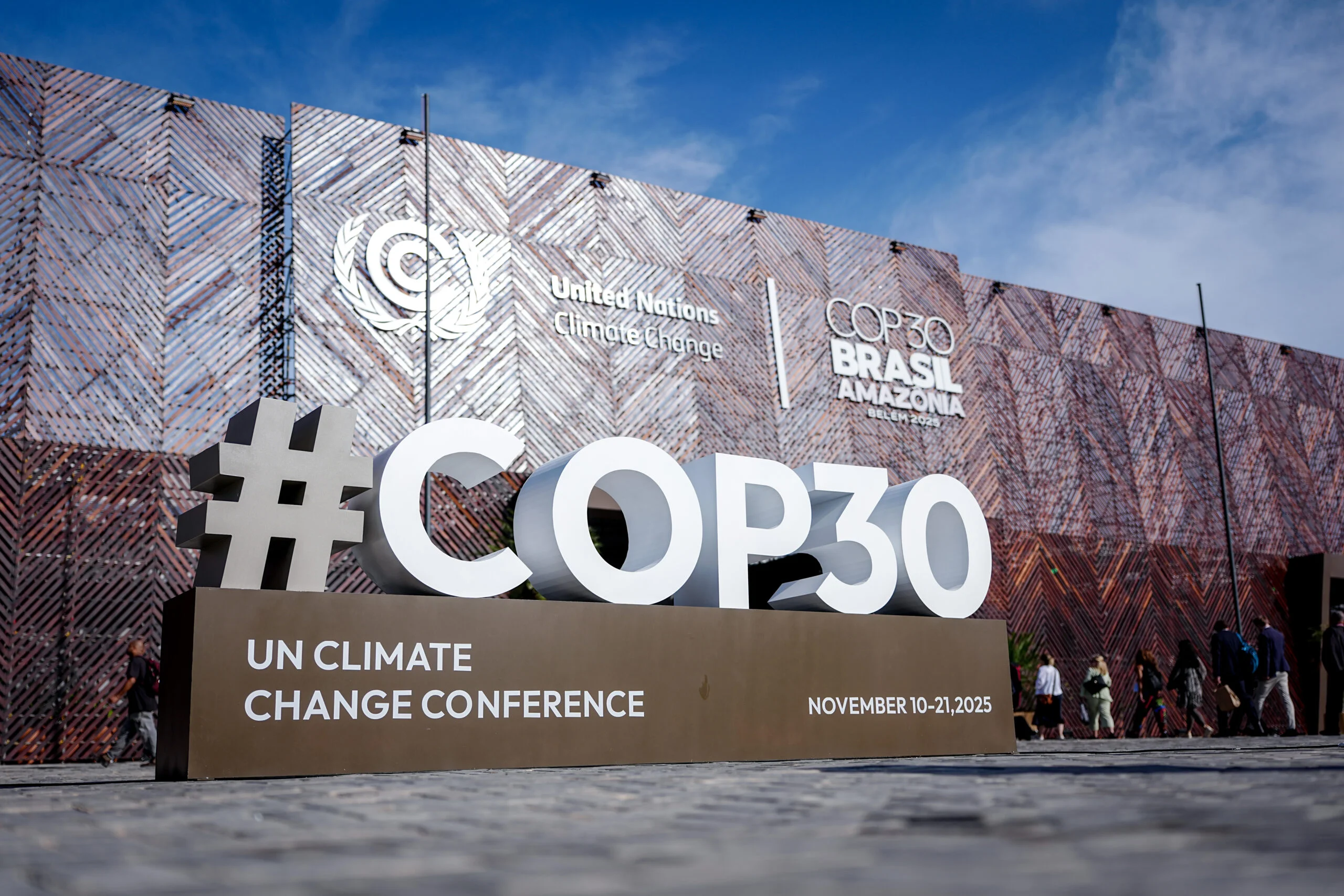

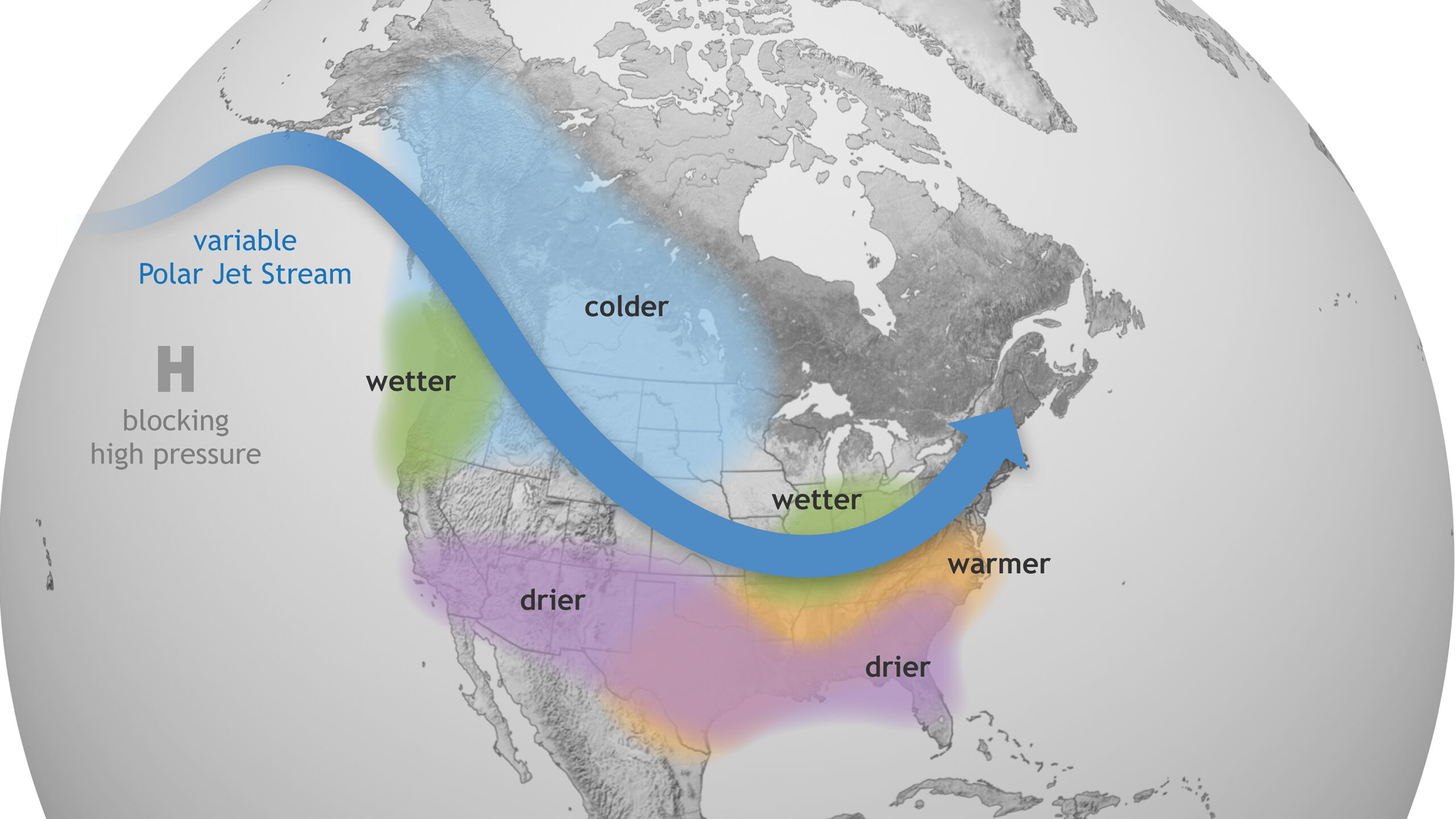


Leave a Reply